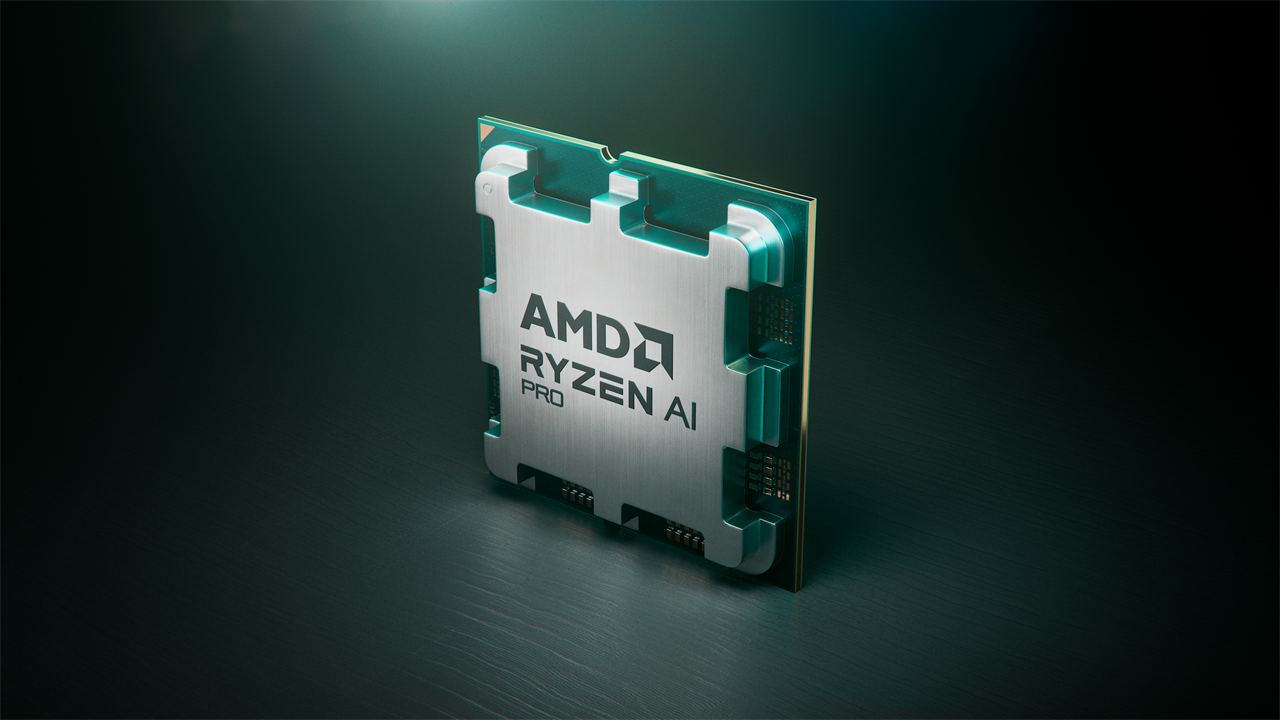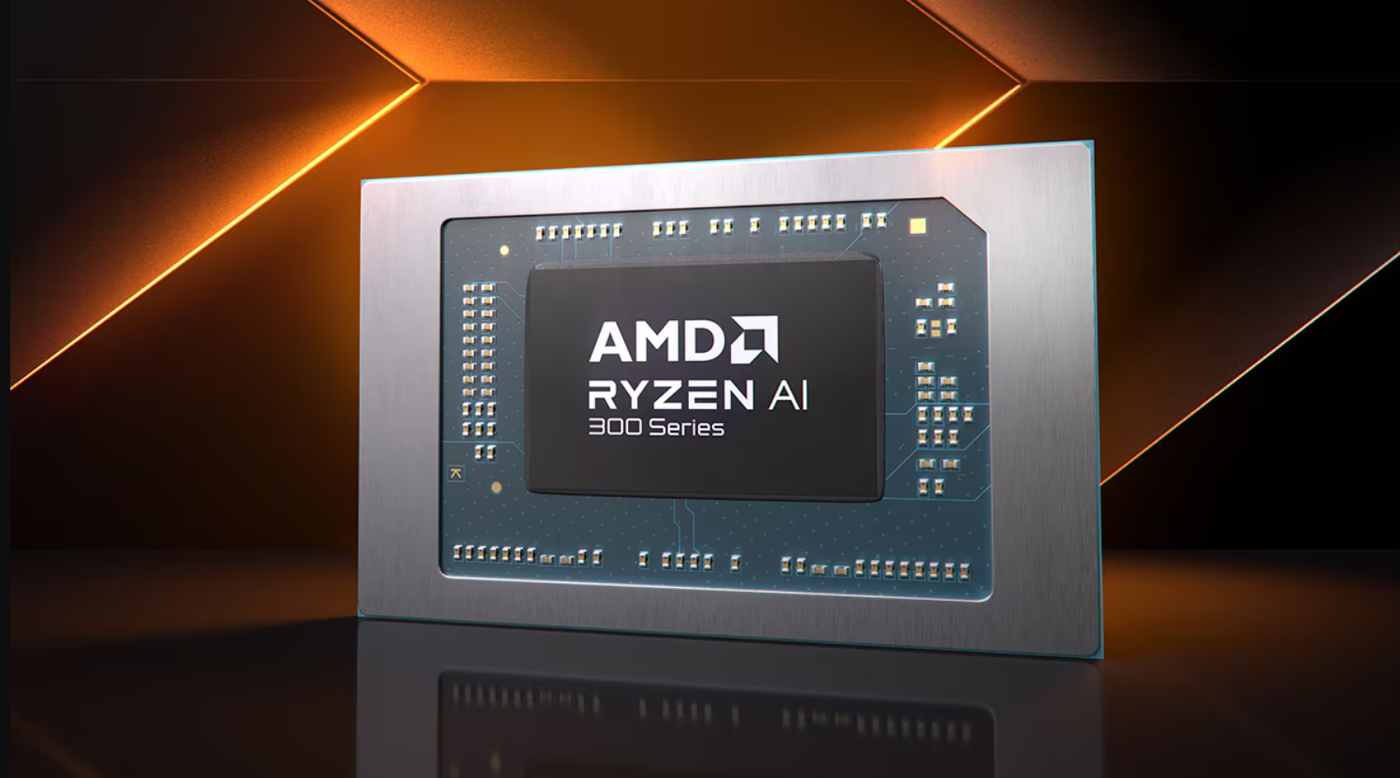AMD is making a strong push into the world of on-device AI with the launch of its new Stable Diffusion 3 Medium model. Built specifically for Ryzen AI laptops equipped with XDNA 2 NPUs, this new model offers local image generation capabilities with no need for cloud processing or internet access. It allows users to create 4-megapixel, print-ready visuals from simple text prompts using just their laptop, turning everyday machines into powerful creative tools.

This is a major leap in local AI performance. According to AMD, Stable Diffusion 3 Medium is the world’s first image generation model that processes outputs in BF16, or block floating point 16 format. This unique memory-efficient format allows the AI model to run with significantly lower RAM usage. AMD claims the model now requires a minimum of 24GB RAM to function, compared to the 32GB needed by its predecessor, Stable Diffusion XL Turbo. Even more impressively, it only consumes about 9GB of RAM during active use, making it much more accessible for a wider range of devices.
What makes this new model even more exciting is its standalone functionality. Users can download Tensorstack’s Amuse 3.1 beta app, which integrates the AI model and enables offline image generation. Once installed, the entire data processing pipeline takes place on the device, powered by AMD’s XDNA 2 NPU architecture. This allows artists, designers, and content creators to work without worrying about internet speed or data privacy, all while maintaining high-quality output.
The images generated using Stable Diffusion 3 Medium are produced at a native resolution of 1024 by 1024 pixels. These are then upscaled in-device to 2048 by 2048 pixels, creating 4-megapixel results that are sharp enough for professional printing or high-resolution digital display. AMD says these results can rival stock-quality photos, allowing users to easily generate visuals for commercial use.
The company also emphasized that the model follows structured prompting very closely. It encourages users to begin with a general image type, followed by structural elements, and then finer details. The prompt order matters, and even punctuation like full stops can change how the model interprets a request. Negative prompts are also supported, letting users specify elements they want removed from the image.

This release showcases AMD’s commitment to advancing local AI experiences. With global concerns around data privacy, latency, and reliance on cloud infrastructure, on-device AI is becoming more important than ever. By optimizing performance and reducing memory load, AMD is positioning its Ryzen AI laptops not just as productivity machines, but as fully capable creative platforms.
This new development also marks another important step in AMD’s growing rivalry with other chipmakers in the AI and creative hardware space. As AMD continues to integrate advanced AI capabilities into its hardware ecosystem, users can expect more such tools that blend accessibility with performance, all without needing to be online.
For more updates on AMD's AI innovations and cutting-edge laptop technology, follow Tech Moves on Instagram and Facebook.














